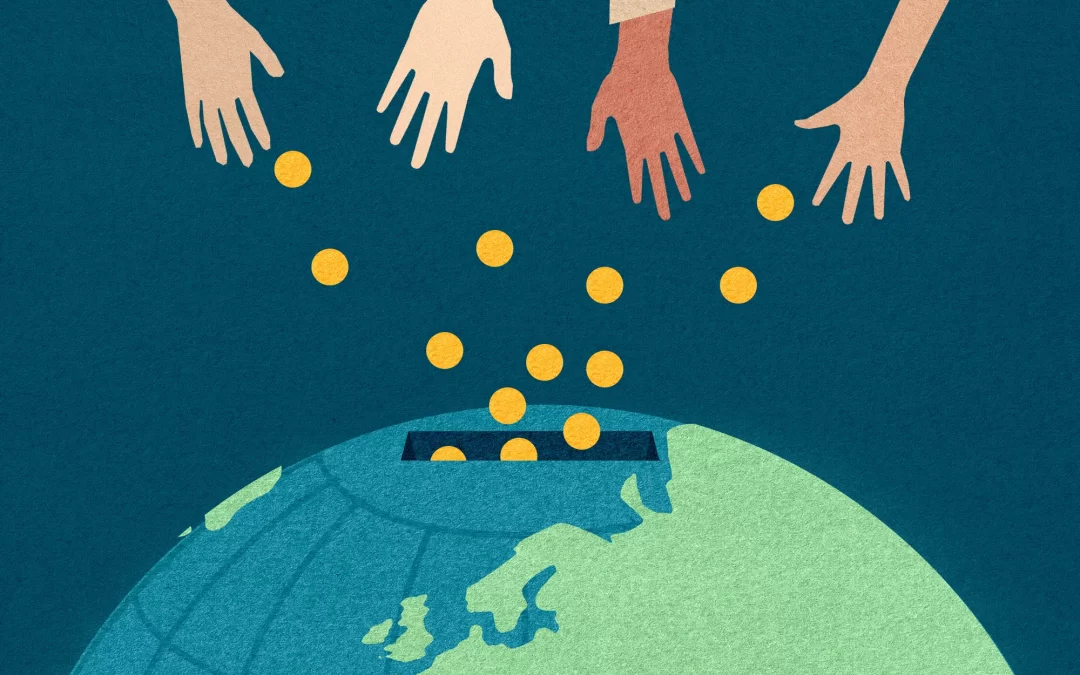The Arctic, once a realm of icy expanses and pristine wilderness, is undergoing a rapid transformation as the effects of climate change intensify. As the ice melts and the Arctic ecosystem faces unprecedented challenges, a frantic race is underway to establish a protection zone around this fragile region. In this article, we delve into the urgency of preserving the Arctic and explore the efforts being made to safeguard its unique biodiversity, indigenous cultures, and vital role in regulating the global climate.
The Arctic’s Unprecedented Transformation
The Arctic is a bellwether of the world’s changing climate. Rising temperatures are causing Arctic ice to melt at an alarming rate, resulting in shrinking ice caps and a rise in sea levels. This transformation has far-reaching consequences for biodiversity, weather patterns, and the livelihoods of indigenous communities that rely on the region’s resources.
The Importance of a Protection Zone
Recognizing the critical need to preserve the Arctic’s delicate balance, international efforts are focused on creating a protection zone that would shield this unique ecosystem from further degradation. Such a zone would not only safeguard biodiversity but also provide a sanctuary for species like polar bears, seals, and walruses that depend on the ice-covered waters.
Safeguarding Indigenous Cultures
The protection of the Arctic extends beyond its ecological significance – it also involves respecting the rights and cultures of indigenous communities that have thrived in this environment for centuries. Indigenous peoples hold a deep connection to the land, water, and ice, and their traditional knowledge is vital for navigating the challenges posed by climate change.
The Challenges of Establishing a Protection Zone
Creating a protection zone in the Arctic is not without its challenges. International cooperation is required, involving countries that share Arctic borders. Balancing conservation goals with economic interests, ensuring sustainable use of resources, and respecting the rights of indigenous peoples are complex considerations that must be addressed.
A Blueprint for Global Conservation
The race to establish a protection zone in the Arctic serves as a blueprint for global conservation efforts. It highlights the need for swift and coordinated action to protect delicate ecosystems and mitigate the impacts of climate change. The lessons learned from this endeavor can inform future initiatives to safeguard other vulnerable regions and foster a culture of responsible stewardship.
The Role of Science and Collaboration
Science plays a pivotal role in informing the creation of a protection zone. Researchers are conducting studies to understand the Arctic’s unique ecosystems, monitor changes, and develop strategies for sustainable management. Collaboration among scientists, policymakers, indigenous communities, and conservation organizations is vital to ensure that protection efforts are effective and inclusive.
A Race Against Time
The urgency of establishing a protection zone in the Arctic cannot be overstated. The rapidly melting ice poses an imminent threat to the region’s biodiversity and the planet’s climate systems. Delaying action could result in irreversible damage that affects not only the Arctic but the entire globe.
Conclusion
The race to create a protection zone around the melting Arctic embodies the need for humanity to confront the challenges posed by climate change head-on. This effort symbolizes the intersection of science, policy, indigenous knowledge, and international collaboration. By working together to safeguard the Arctic, we take a critical step towards ensuring the resilience of our planet and preserving a unique environment that holds profound significance for current and future generations.








